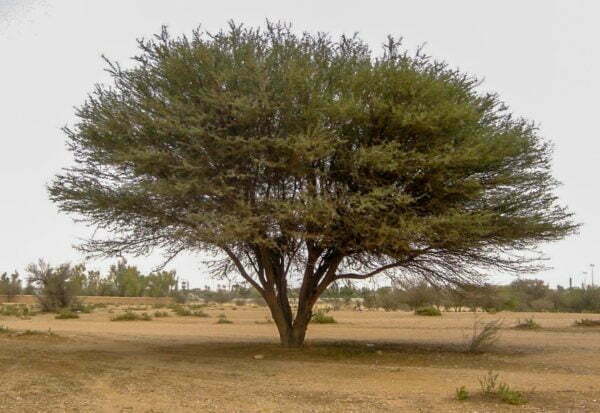Acacia Arabica (Gum Arabic tree)
Acacia arabica, also known as babul or Indian gum arabic tree, is a species of tree belonging to the family Fabaceae. It is a medium-sized, deciduous tree that typically grows to a height of 5-20 meters, with a diameter of up to 1 meter at breast height. The bark of the tree is dark gray or brown, rough and fissured, with small, pointed thorns.
The leaves of the Acacia arabica are bipinnate, with 2-6 pairs of pinnae, each with 10-30 pairs of small, oblong leaflets. The leaflets are 0.5-1.5 cm long and 0.3-0.8 cm wide, and have a slightly bluish-green color.
The tree produces small, creamy white or yellow flowers in axillary spikes that are 4-8 cm long. The flowers are fragrant and appear in late winter to early spring. The fruit is a pod, 7-12 cm long and 1.5-2.5 cm wide, containing 5-10 seeds.
Acacia arabica is native to Africa, the Indian subcontinent, and the Middle East. It is widely distributed in arid and semi-arid regions and is commonly found in sandy soils, rocky slopes, and scrublands. The tree is an important source of timber, gum arabic, tannins, and medicinal compounds, and is also used for erosion control, shade, and as a fodder for livestock.
Mature Size / Spread / Form | |
Foliage Color | |
Growth Rate | |
Sunlight tolerance | |
Wind tolerance | |
Salinity tolerance | |
Drought tolerance | |
Family name |
Share on Social Media
LIKE & SHARE OUR PAGE FOR MORE UPDATES




